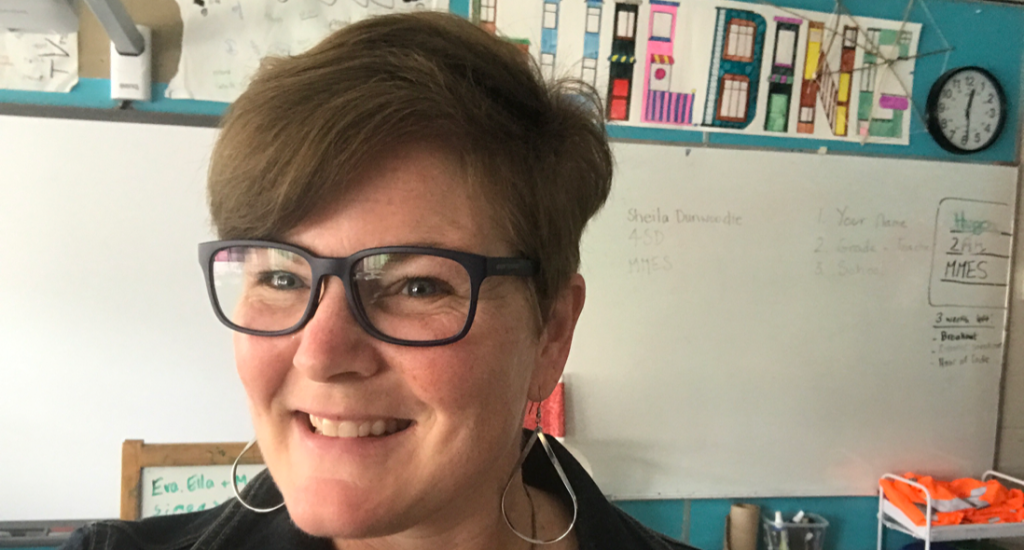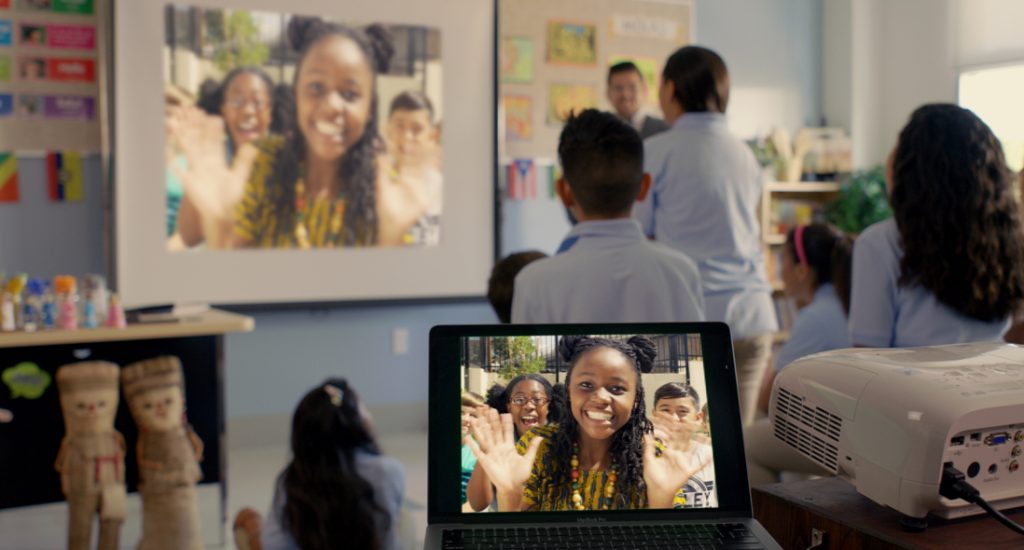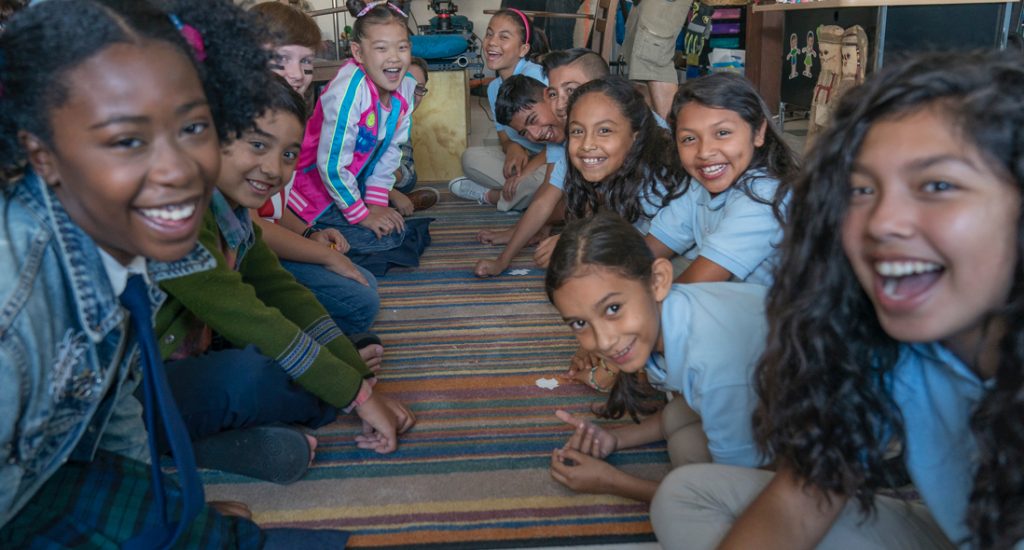One of the many blessings of teaching where I do (just outside Montreal, Canada) is that we are not shackled by a lot of standardized testing and the emphasis on results that often accompanies it. Elementary level teachers are free to deliver the curriculum in ways that suit their students in a given year and don’t have the added stress of having their performance measured in part by their students’ results on a test. We do have school board and provincial-level exams in some grades, but the format is vastly different to those tests our colleagues in other communities must administer.
In spite of this, many of our schools have become increasingly obsessed with marks — our system requires percentage grades for children as young as 6, in curriculum areas as “soft” as Ethics.
Increasingly, my colleagues and I have found ourselves discussing our focus — and that we need to change it. Our students are an anxious bunch. They live, generally, in homes where high value is placed on achievement, both academic and athletic. We see the need to focus on our students’ emotional needs, their anxiety and the need to help develop empathy in them.
We have begun a journey (led by consultants at our school board) into Deep Learning, a framework that emphasizes the 6 Cs: Collaboration, Community, Citizenship, Communication, Creativity and Critical Thinking. In theory, teaching and learning with these 6 Cs in mind will help prepare our students for an innovation economy and for “life”. We are learning to emphasize complex problem solving, emotional intelligence, and cognitive flexibility. 6 Cs learners are global learners. As such, the ideas behind Empatico immediately appealed to me.
The Deep Learning framework tells us that this kind of learning can stick with our students for the rest of their lives. Throughout the school year, our online exchanges with our partner class in Wyoming have provided my kids with exactly this type of experience.
The dynamic of my class is one that I knew, right from the beginning of the year, needed work. These kids didn’t generally speak to each other nicely and weren’t particularly respectful of their surroundings or the people and things in them. Empatico was one of many initiatives we put in place to help them develop senses of responsibility, community, and pride. If I’m being perfectly honest, I approached our online exchanges with a bit of nervousness. Would they behave? Would they even care what the other class had to say? I was worried in particular about the fact that Wyoming is not that vastly different from Quebec and that my students wouldn’t find it exciting enough.
I couldn’t have been more wrong!
Not only were my students enthusiastic about each of our exchanges, they were proactive and involved in the planning for each. I walked into my classroom at the end of a lunch hour to find they had done the physical set-up for the exchange themselves — and perfectly! On another occasion, a group of students spent their recess preparing questions for our partner class without having been instructed to do so. I was delighted when a group approached me (they were working on their script for the “School Tour” video we’d be sending to our partner class) to ask me if I’d realized that our Empatico experience this year had tapped into ALL of the 6 Cs.
In their words:
Collaboration: We worked together to prepare ourselves for each exchange; we had to collaborate to be sure each group covered a different section of the necessary preparation. Then, the two classes collaborate to show their learning about the topic.
Community: Through preparing for our exchanges, we learned about our own communities and the people in them.
Citizenship: We spend a lot of time at school learning how to be citizens of our classroom and our school; through our Empatico exchanges, we have learned about the differences between our own and our partner class’ citizenship. We have also been able to talk about ways we contribute to our communities as good citizens.
Communication: We are continuously communicating verbally, in writing and through video. We’re using the Internet to make our world smaller.
Creativity: Throughout our exchanges, we have had to be creative to make sure that our partner class understands what we are trying to convey. We have had to map our school and our community, create a video tour, explore and illustrate the types of energy we use in Quebec, discuss and explain the games we like to play at recess, and so much more!
Critical Thinking: Our critical thinking was stretched when we had to figure out how to make our little presentations short & sweet — but still get all the information across to our partner class. We also had to think about the similarities and differences between our class and our partner class before and after each and every exchange.
As we look forward to our final two exchanges of the year, I can see that my students have benefited greatly from this partnership. They are keenly aware of the schedule, marking our exchanges on our class and their personal calendars. When we start a new activity, I hear them asking one another if they think this will be something they’ll want to show our partner class.
While these things may not appear to be significant, when I look at my class profile and the dynamic we have worked so hard to change all year, these things are HUGE!
I am always looking for opportunities for my students to be global learners and to see the world beyond our own backyard. Empatico has provided me with a platform to do exactly that — and the extra, added benefit is that the experience is one that aligns perfectly with the Deep Learning framework. I’m excited to continue working with Empatico in the coming school years and to spread the word to my colleagues about all the benefits we’ve been rewarded through our exchanges.



